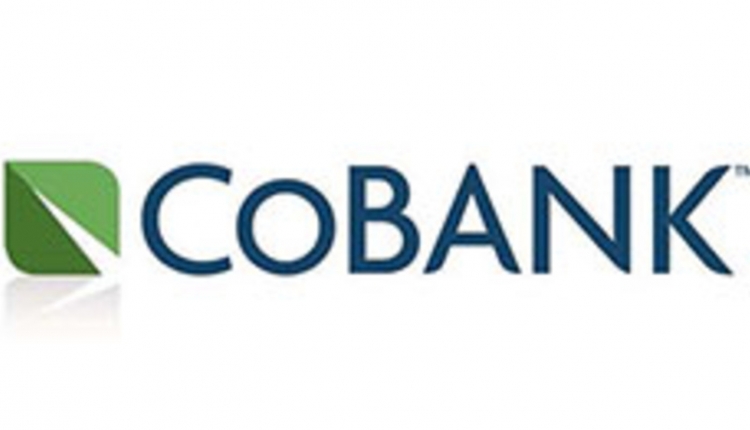The information below has been supplied by dairy marketers and other industry organizations. It has not been edited, verified or endorsed by Hoard’s Dairyman.

“Our goal as producers is to raise healthy cows that make milk, and the only way to make milk is if they have a calf and start the lactation cycle over again,” said Curt Vlietstra, DVM, Boehringer Ingelheim. “The better cows start that lactation cycle, the happier they’ll be, and the more productive and profitable they’ll be.”
Managing a healthy, productive lactation cycle relies on providing much-needed support during the two most critical transitions: dry-off and freshening.
1. Dry-off: Setting the stage for the next lactation
“We’ve focused on the fresh cow stage for a long time to help get lactation off to the right start,” Dr. Vlietstra pointed out. “But we now also understand that the smoother a cow dries off — if she’s healthy, if she’s more comfortable, and if you have good cow management — the more likely she will calve and transition back into the milking herd successfully.”
Cow comfort is essential to a smooth dry-off period, especially for high- producing cows. Cows that are dried off giving large amounts of milk can experience serious udder engorgement and discomfort. They are also more likely to leak milk and be at higher risk for mastitis.
To keep these higher-producing cows comfortable at dry-off, some producers gradually reduced milk production by cutting back on feed and milking cows less often. However, that can be difficult to implement consistently, and requires more pen space and labor.
A novel option in the dairy industry is an oral acidogenic bolus. Given at dry-off, the bolus supplement decreases milk production and udder engorgement, offering cows a more comfortable experience without the need for additional pens or rations. Research has shown that this method can maintain comfort at dry-off, as well as reduce somatic cell count and the risk of clinical mastitis in the cow’s next lactation.1,2
2. Freshening: Starting strong with a new lactation cycle
A smooth dry-off process is one part of the equation for a successful lactation cycle. Supporting cows’ calcium needs during freshening is the other.
Seventy-three percent of dairy cows on third or greater lactation suffer from subclinical hypocalcemia due to high levels of calcium loss in colostrum and transition milk at calving.3 Subclinical milk fever is unseen unless you test for it, meaning most cows go untreated, jeopardizing both milk production and animal health.
“Supplementing fresh cows with the right forms of calcium that are easy for a cow to utilize and absorb into her bloodstream is important for milk production and healthy muscle function,” said Dr. Vlietstra.
Dr. Vlietstra encourages producers to read through the ingredients, and to choose a bolus containing calcium chloride and calcium sulfate. Both of these forms of calcium are acidogenic, which will help fresh cows maintain adequate blood calcium levels. The calcium chloride will be rapidly absorbed, while the calcium sulfate will provide sustained release of calcium during the post-calving period.
Another way to help manage calcium levels is through a negative dietary cation-anion difference (DCAD) diet. Studies have shown a well-formulated negative DCAD ration results in increased dry-matter intake in early lactation, increased milk production, decreased disease incidence, fewer displaced abomasums, and improved reproductive performance.4
Whether it’s supporting cows when milking starts or stops, it’s important to pull in your team of experts, including a veterinarian and nutritionist, to build a successful transition cow program.
About Boehringer Ingelheim
Boehringer Ingelheim provides innovation for preventing and treating diseases in animals. The company offers a wide range of vaccines, parasite-control products, and medicines for pets, horses, and livestock to veterinarians, animal owners, farmers, and governments. As a leader in animal health, Boehringer Ingelheim values that the health of humans and animals is deeply connected and strives to make a difference for people, animals, and society. Learn more at www.bi-animalhealth.com.




